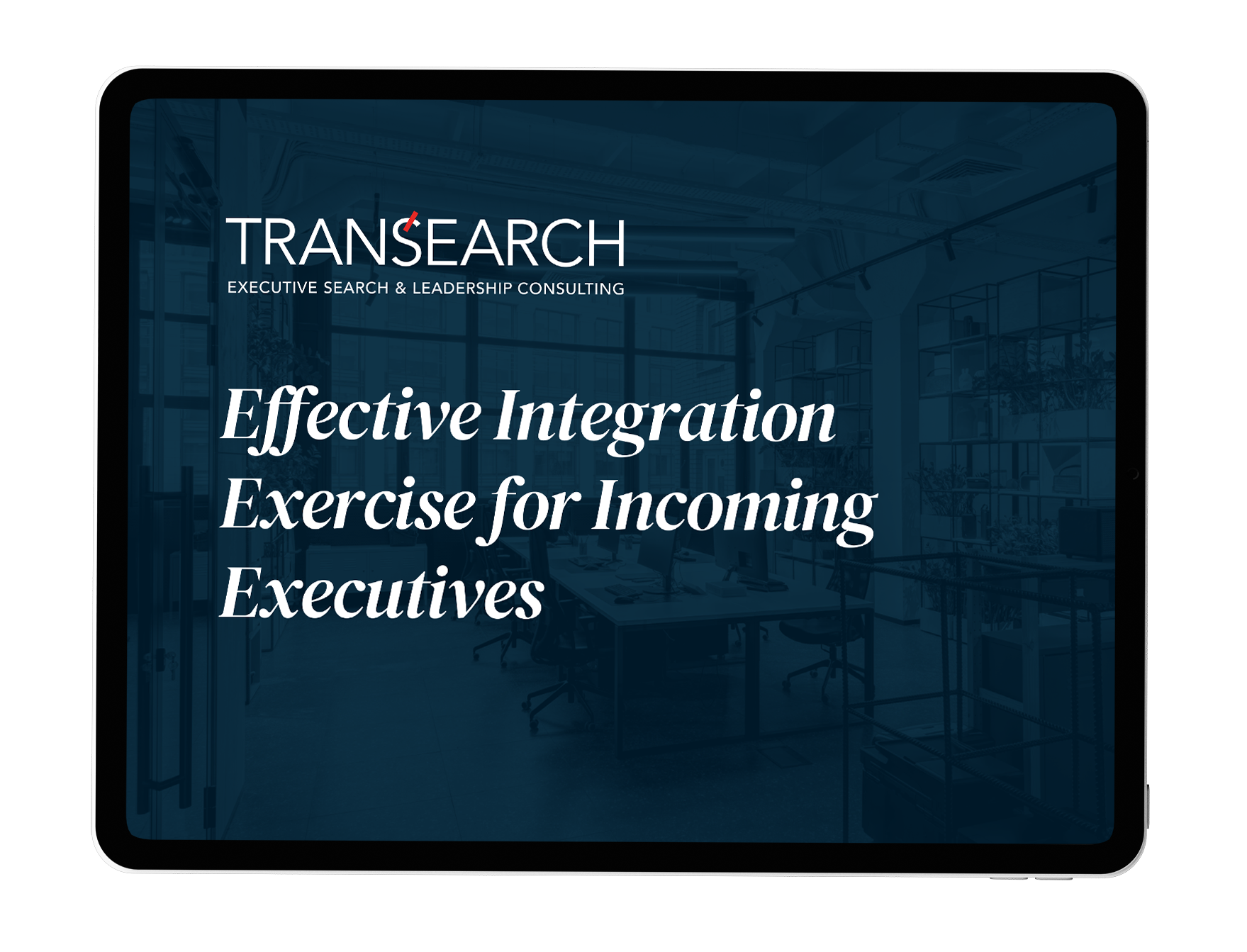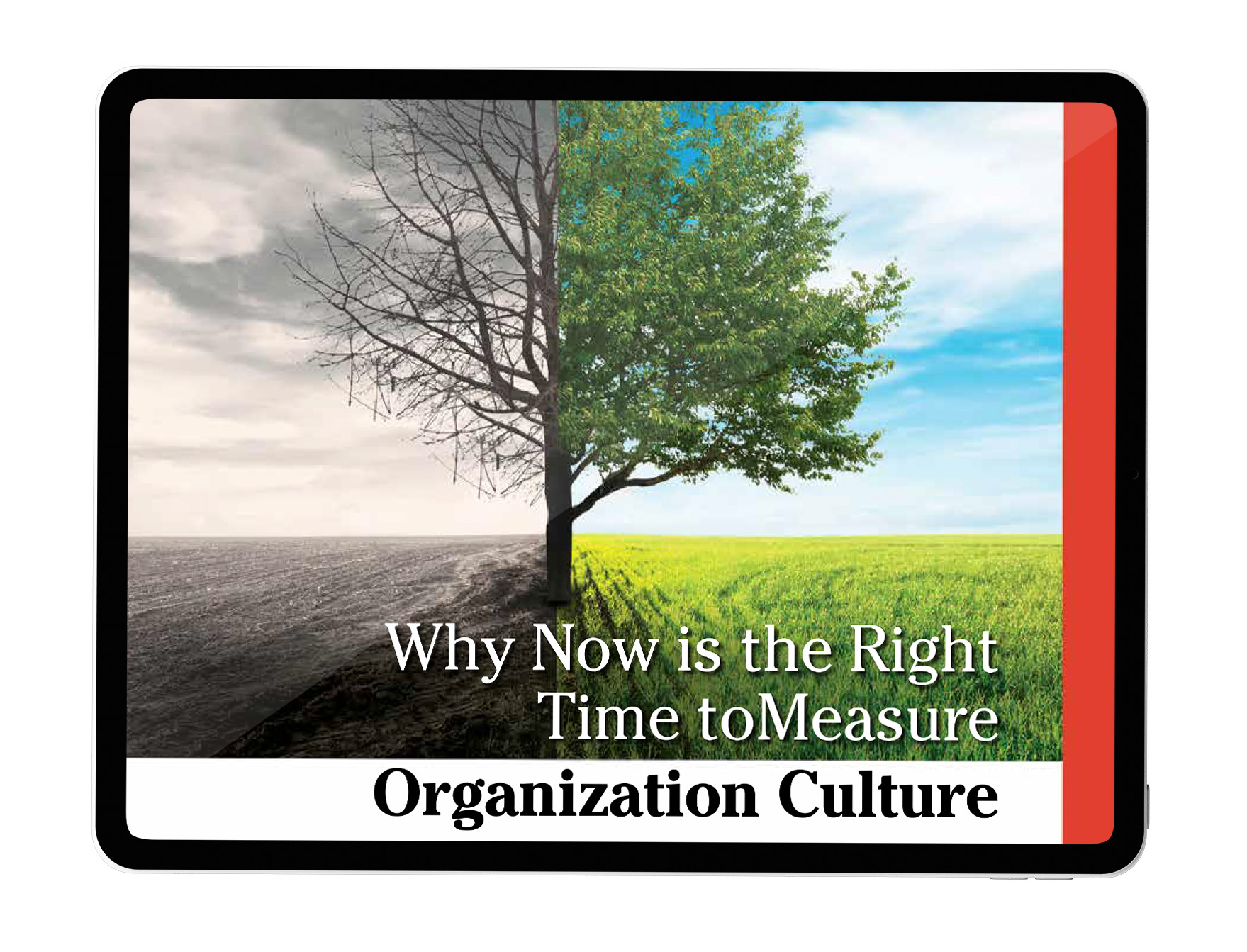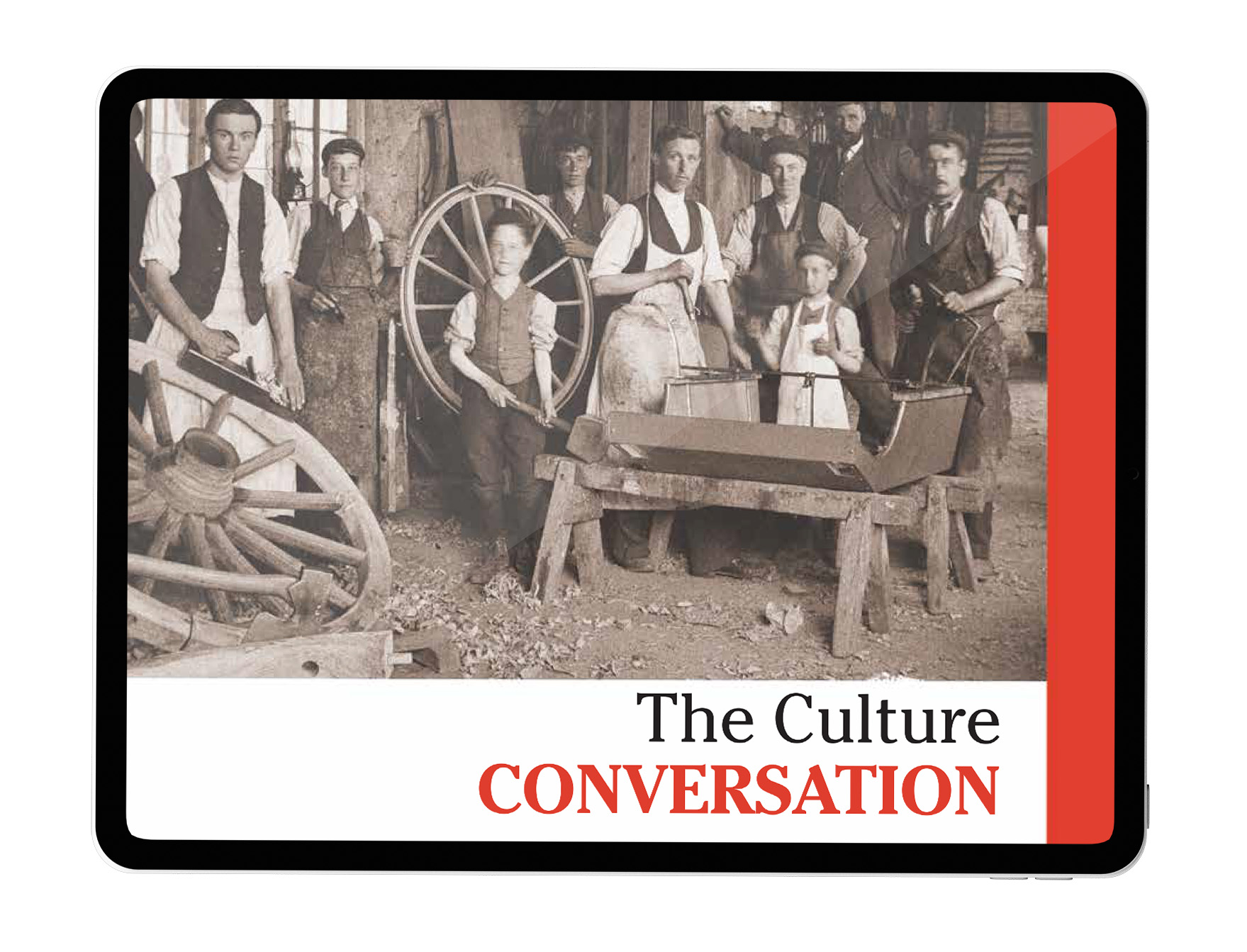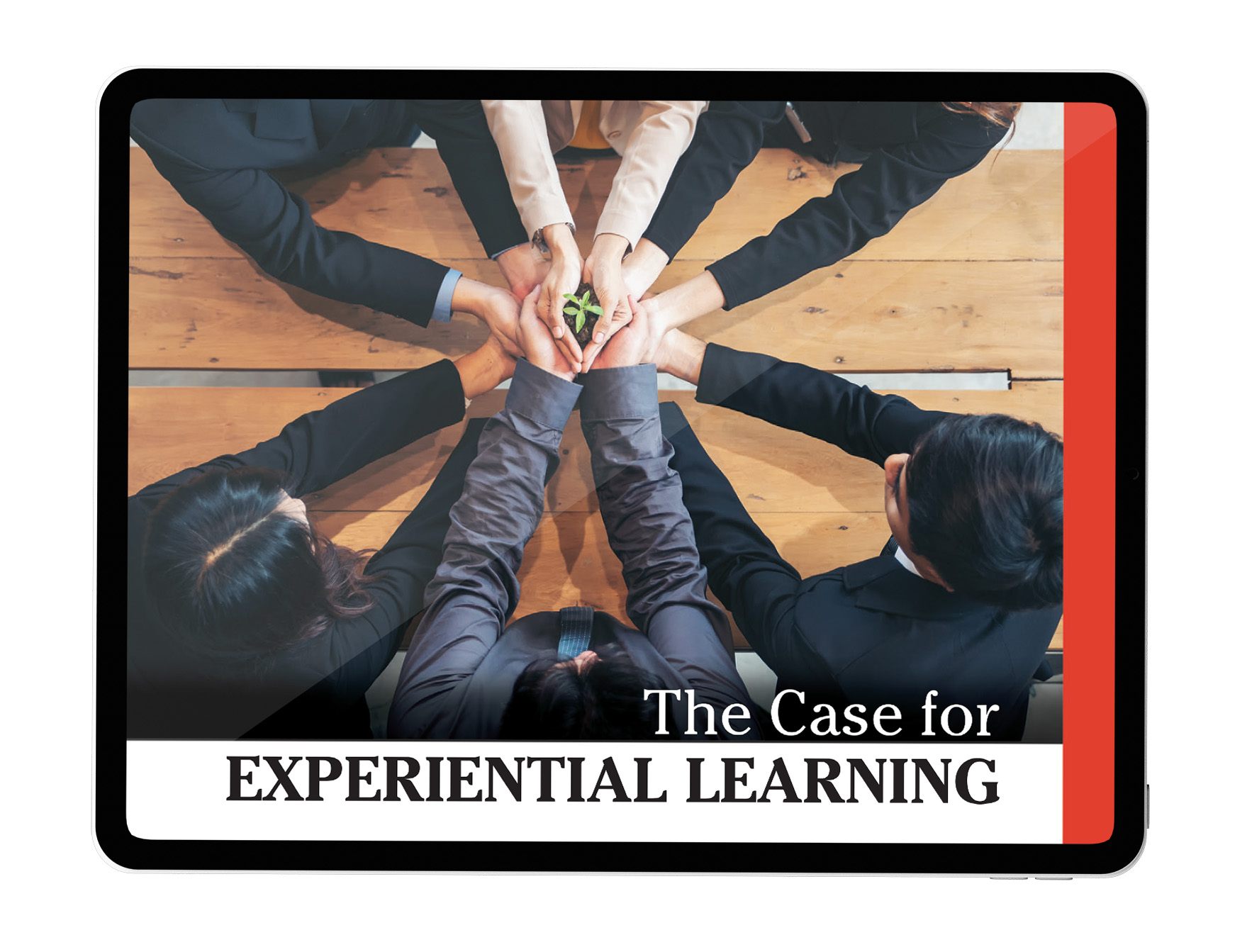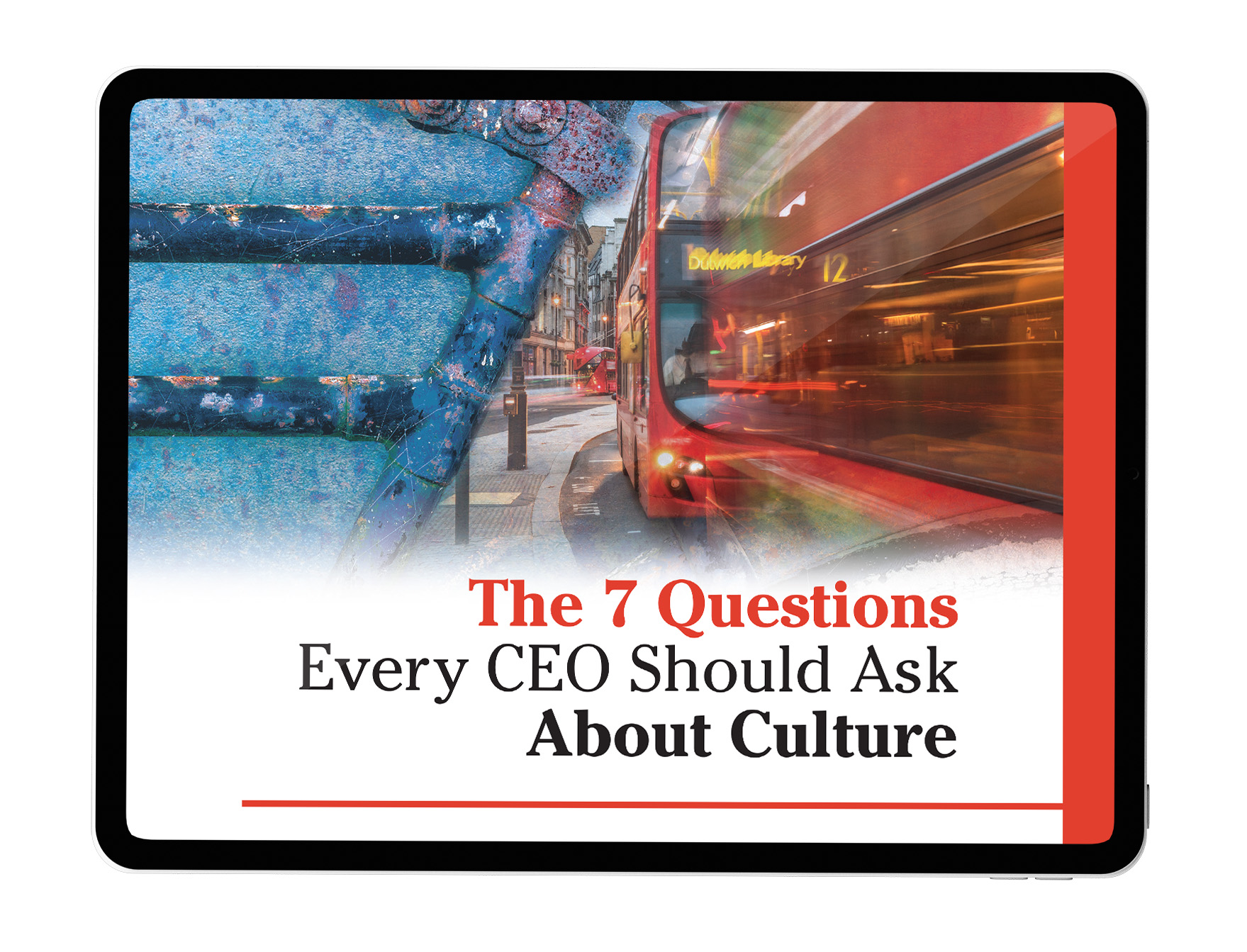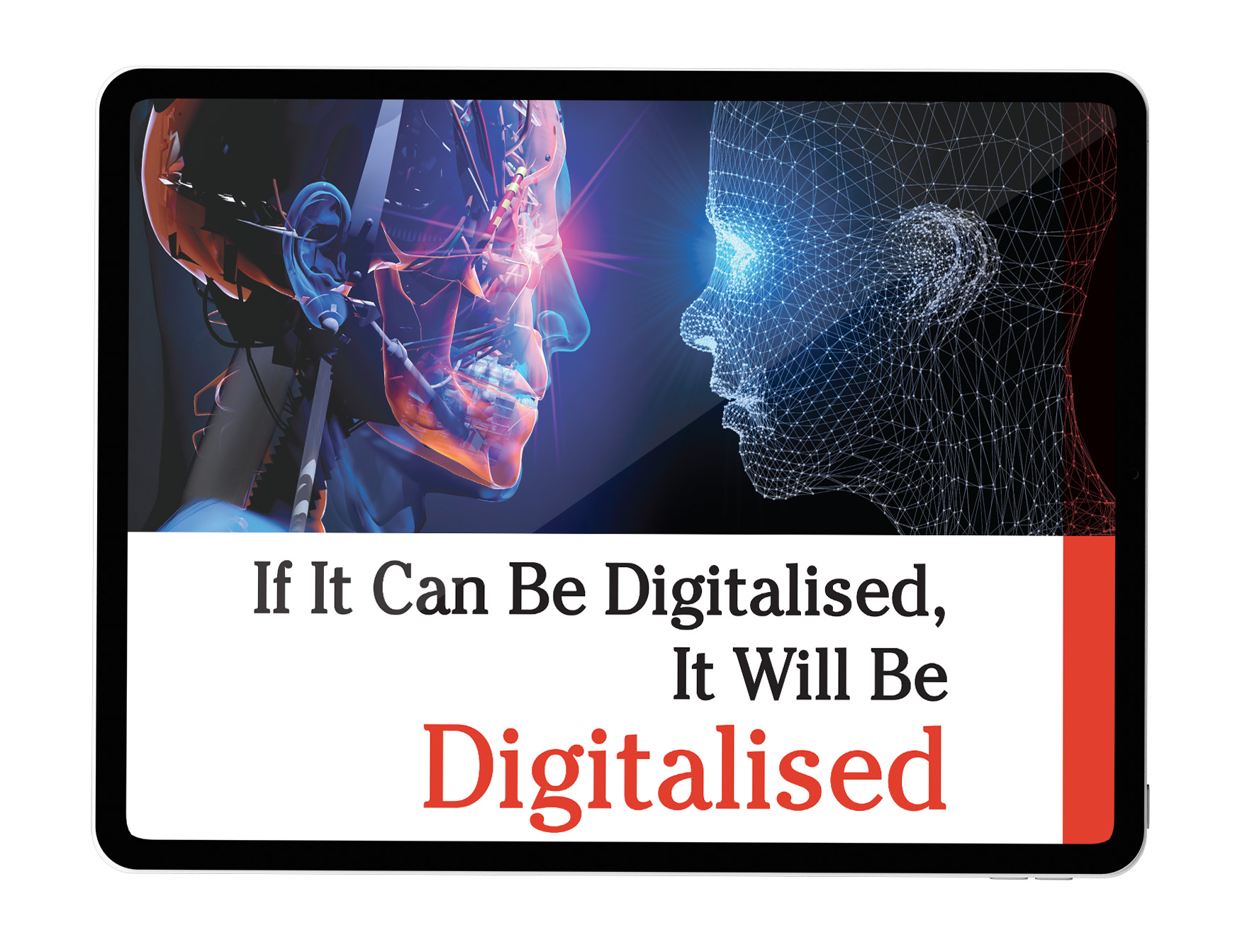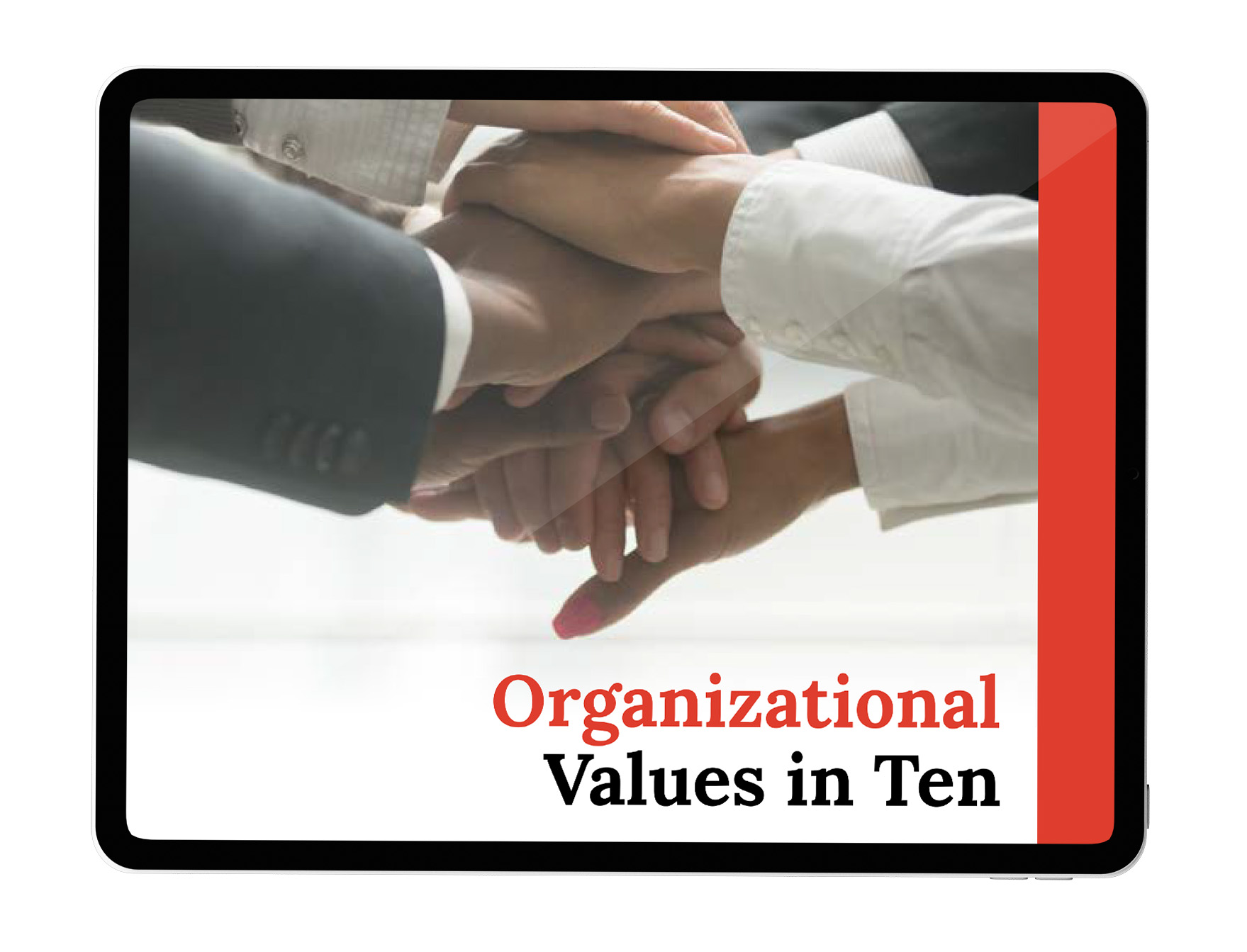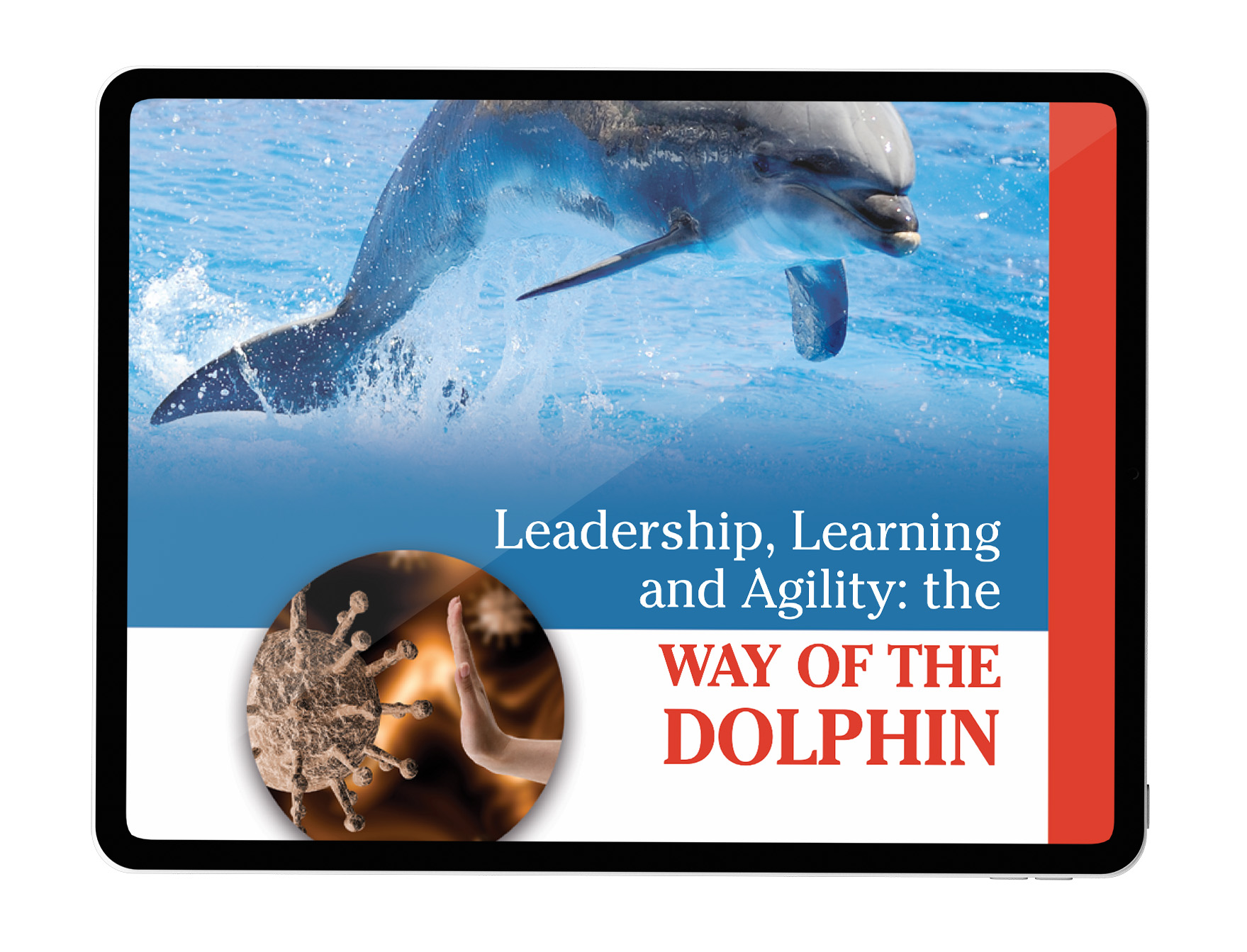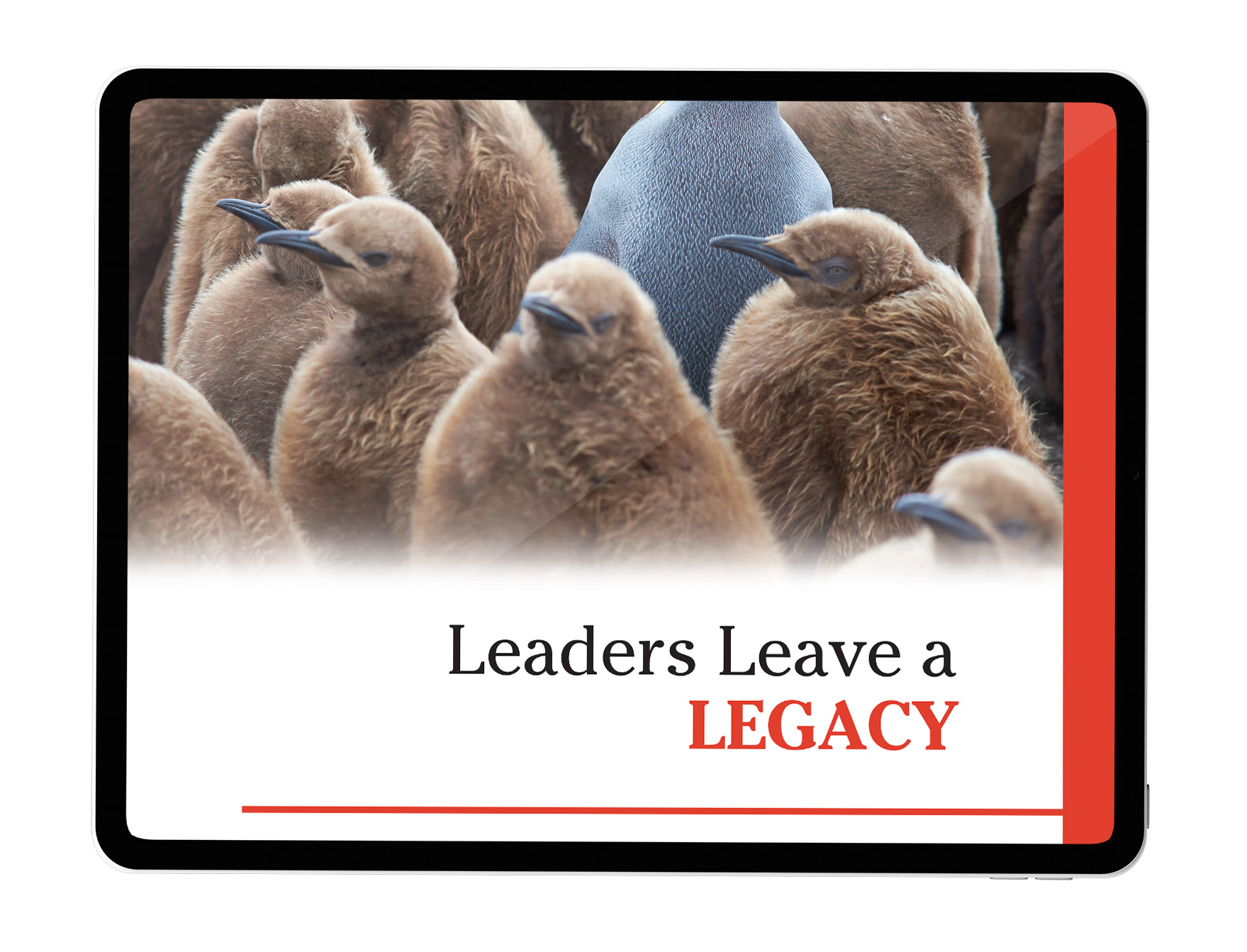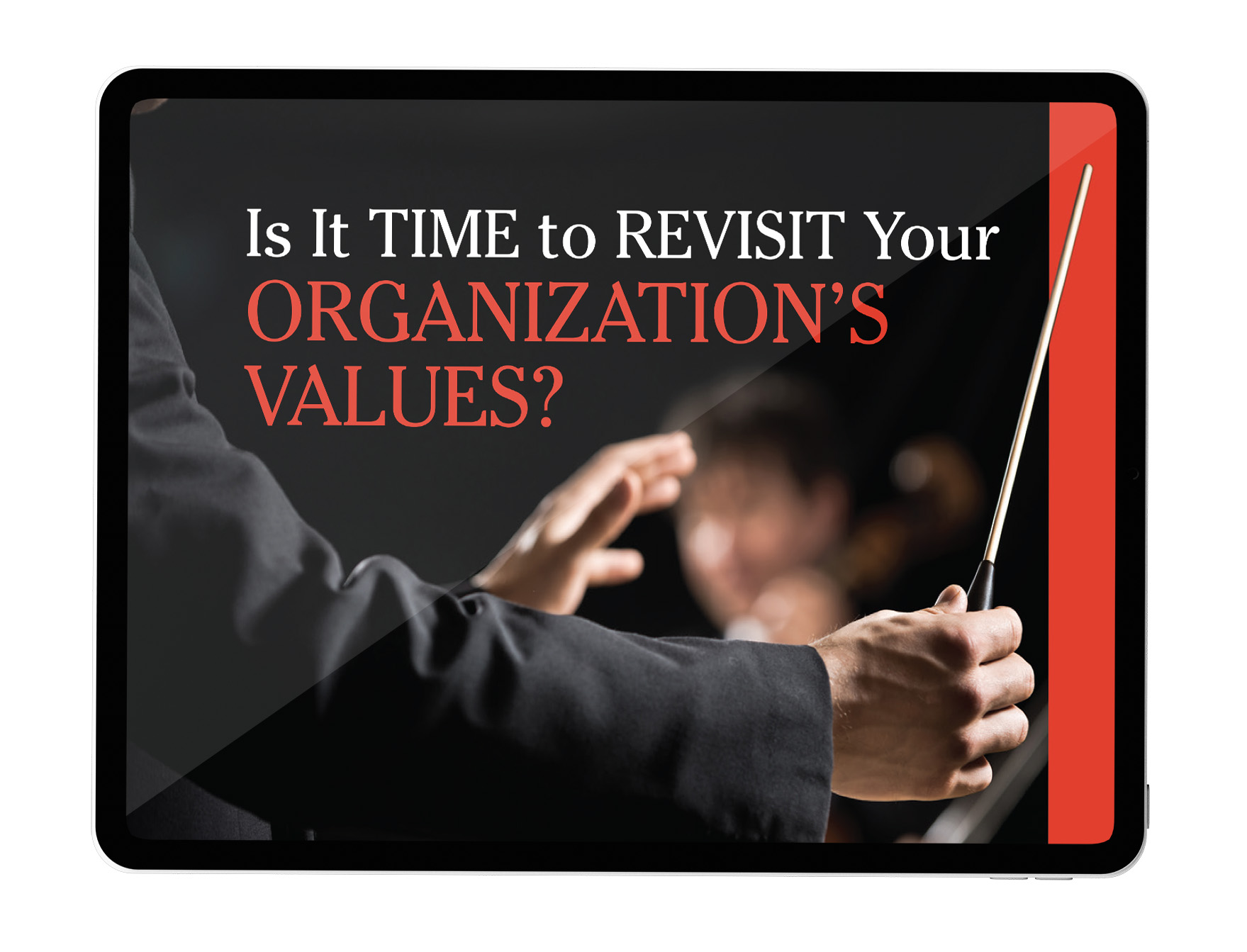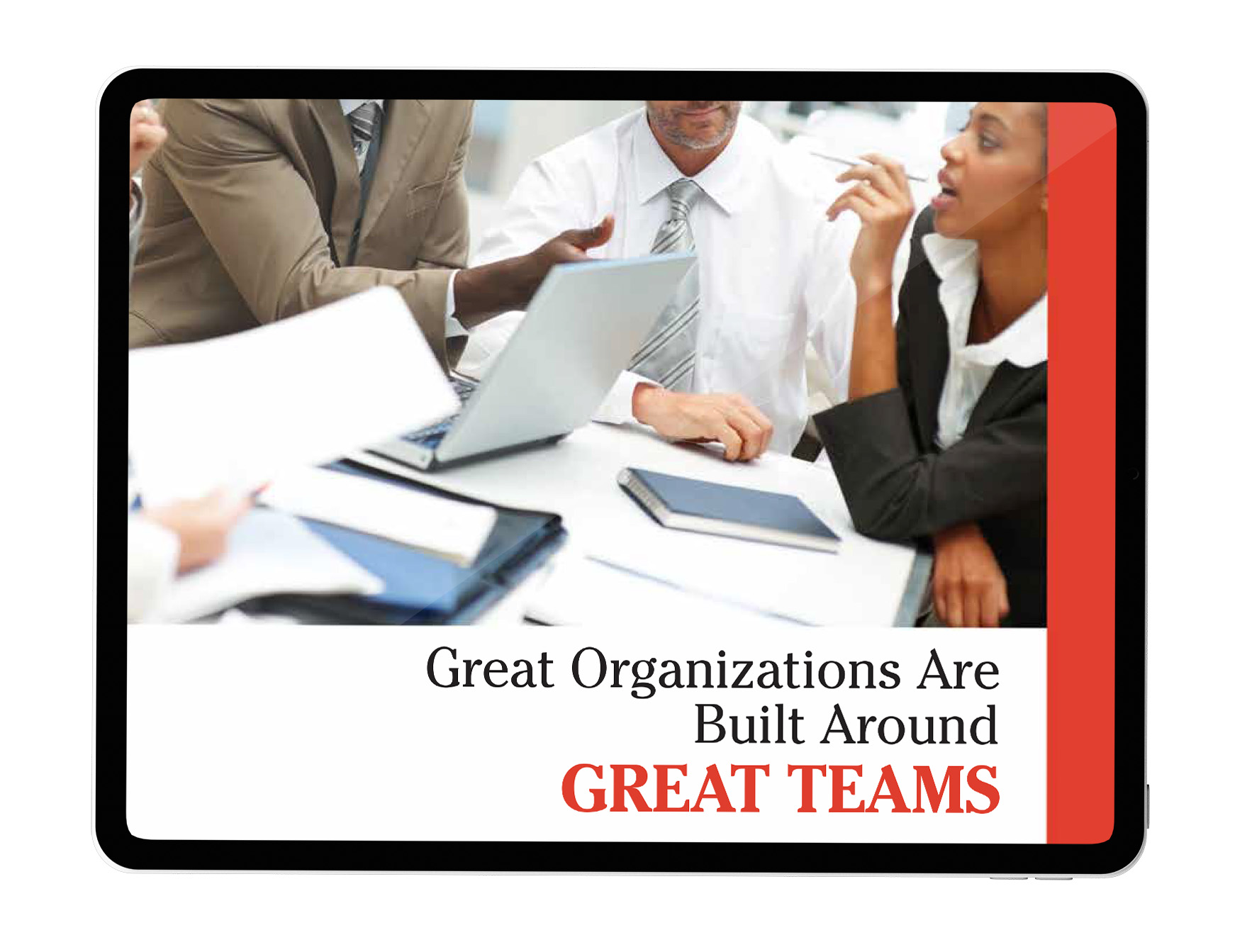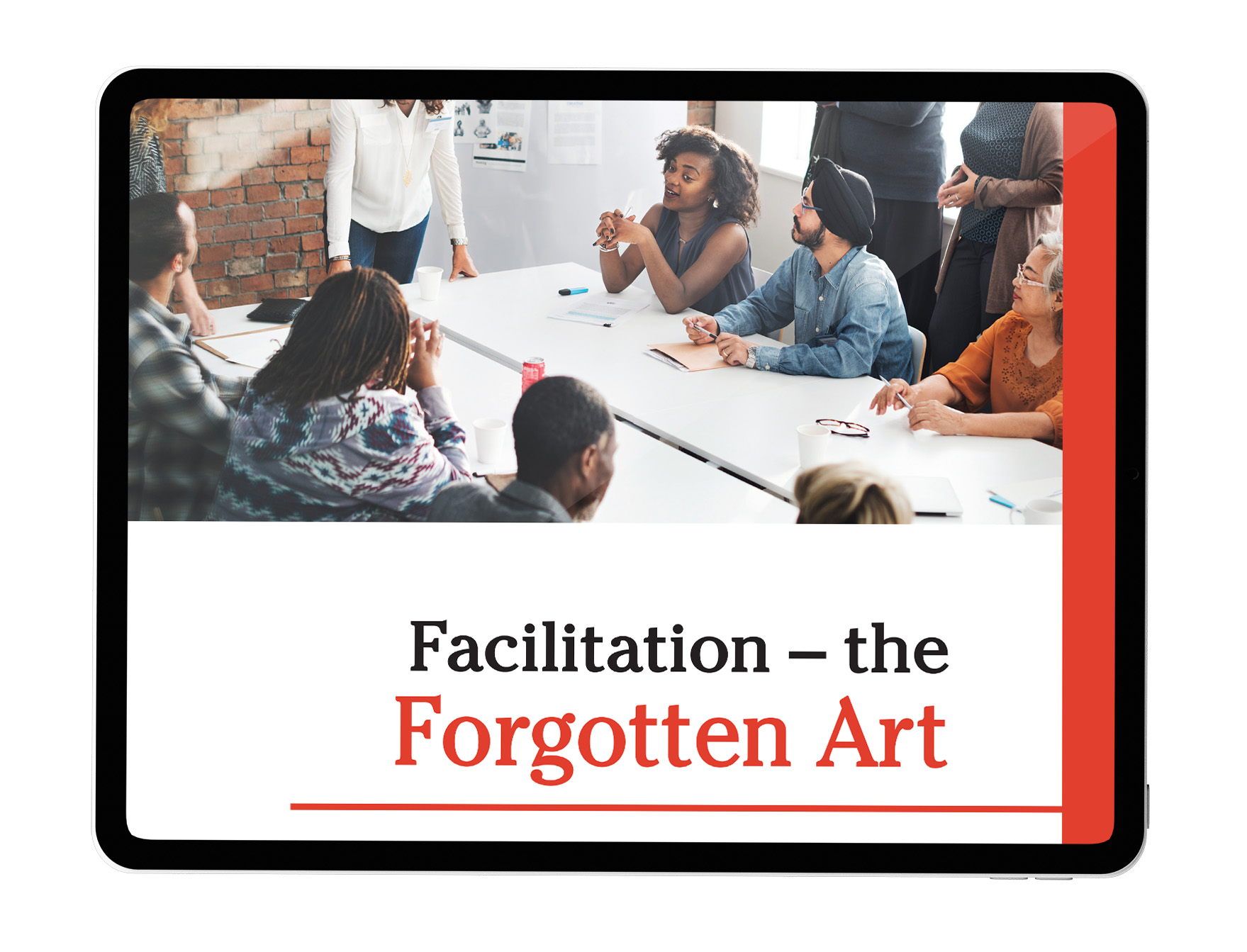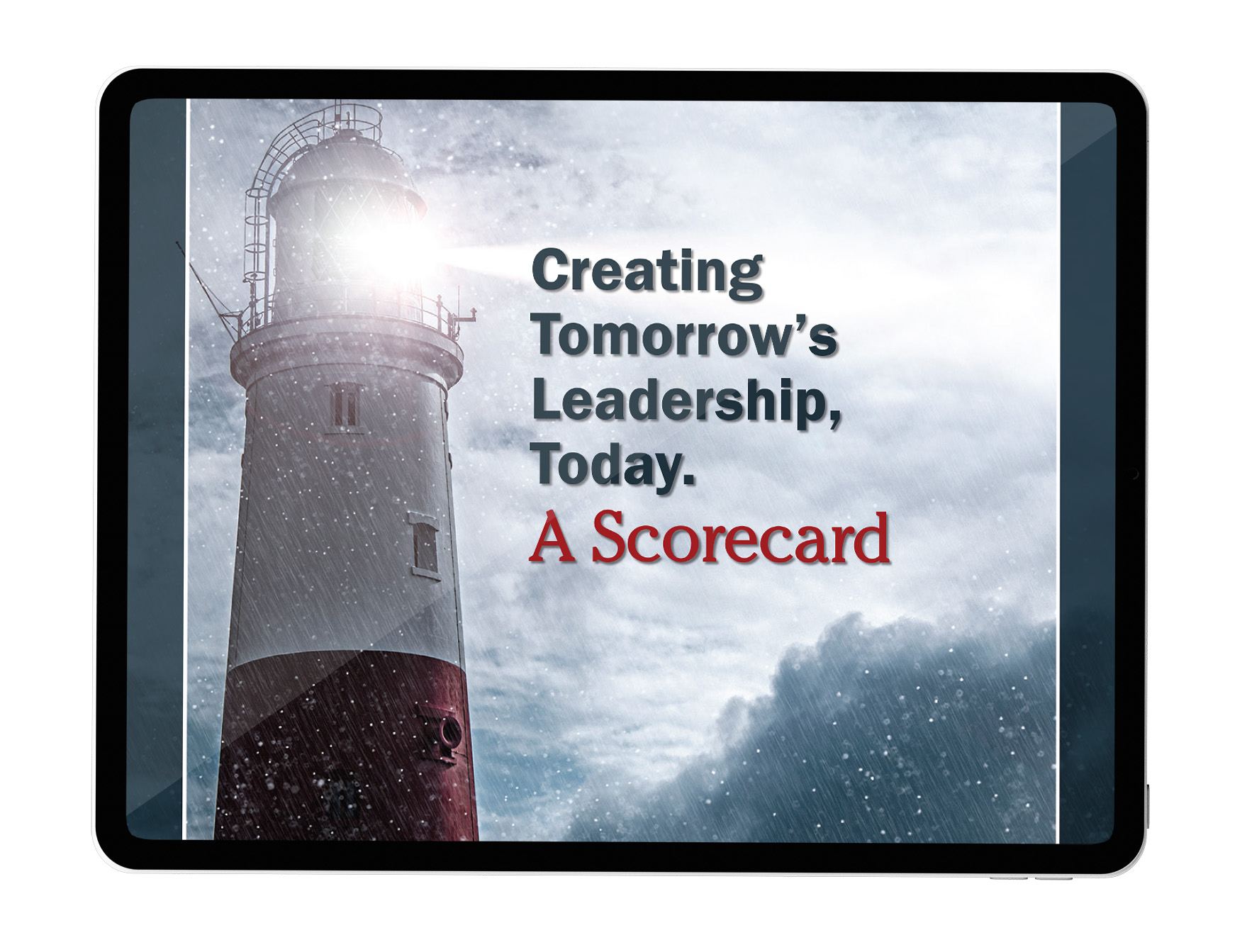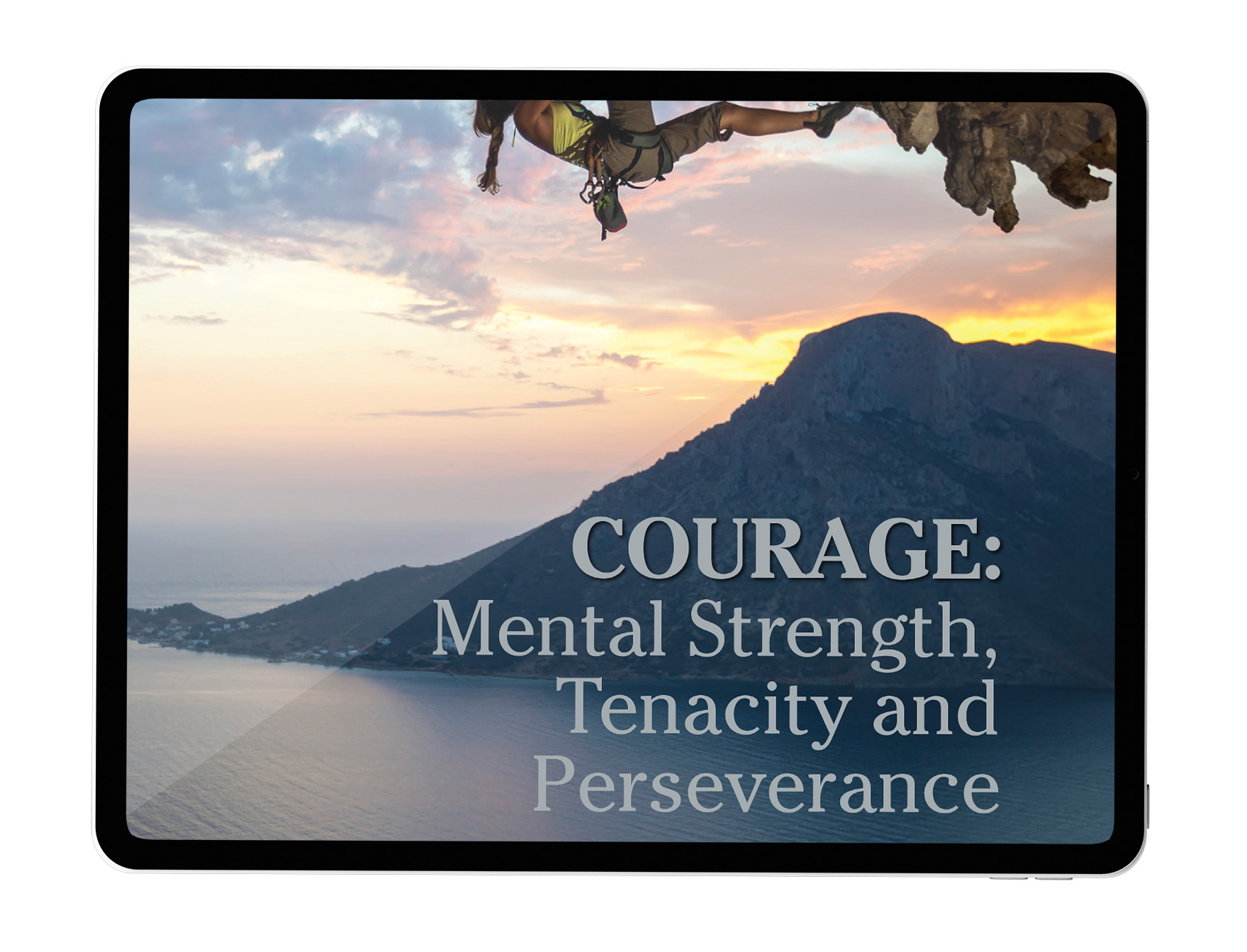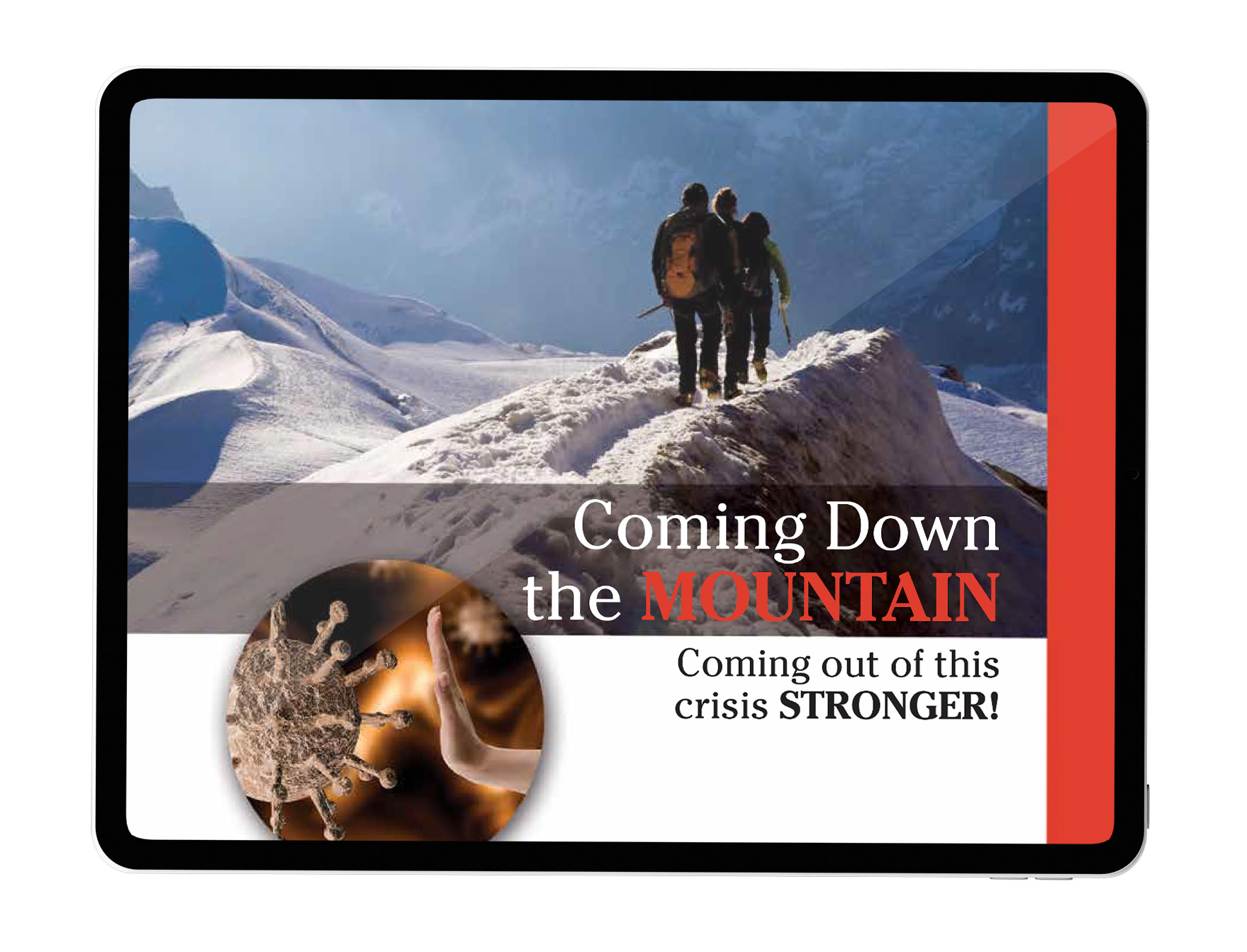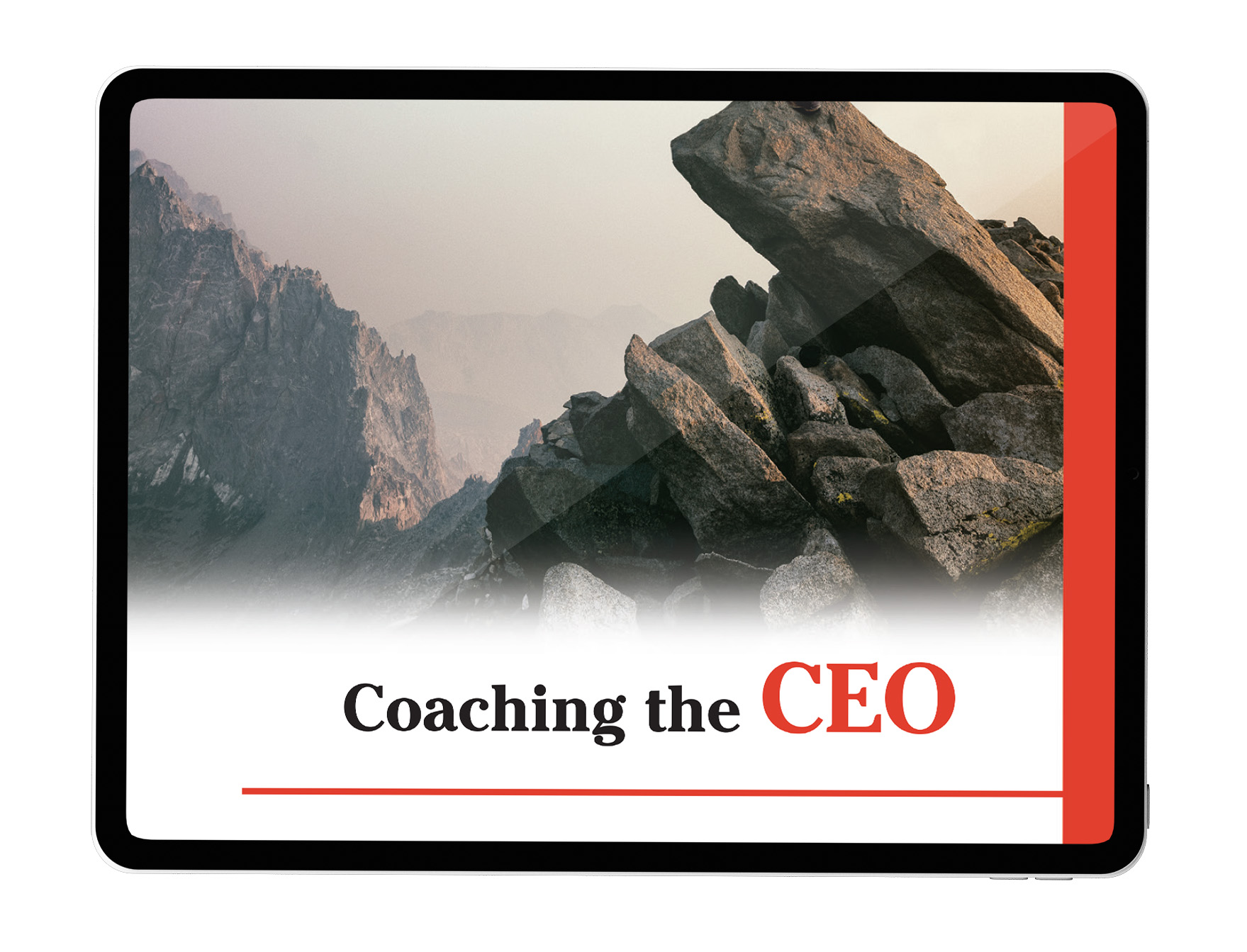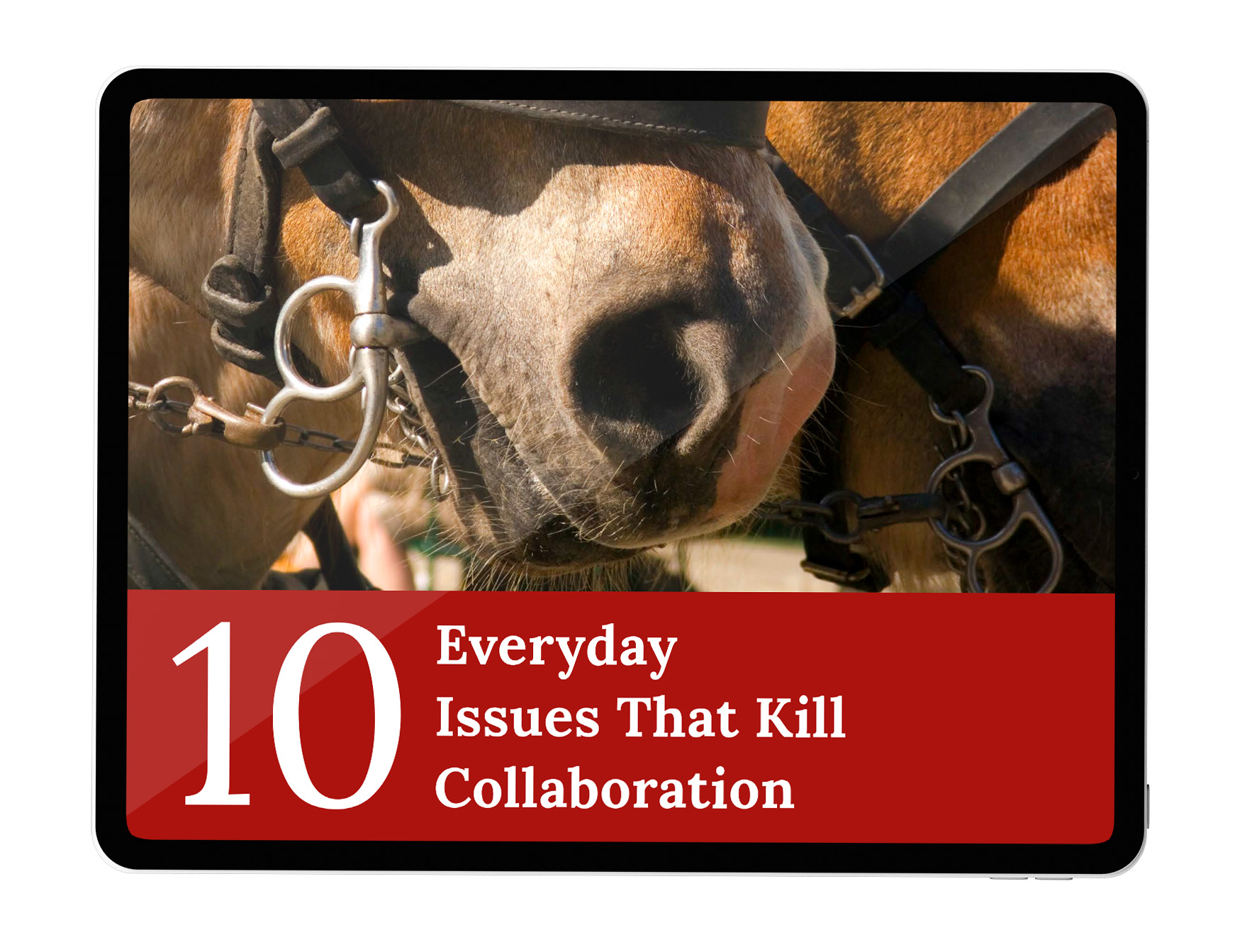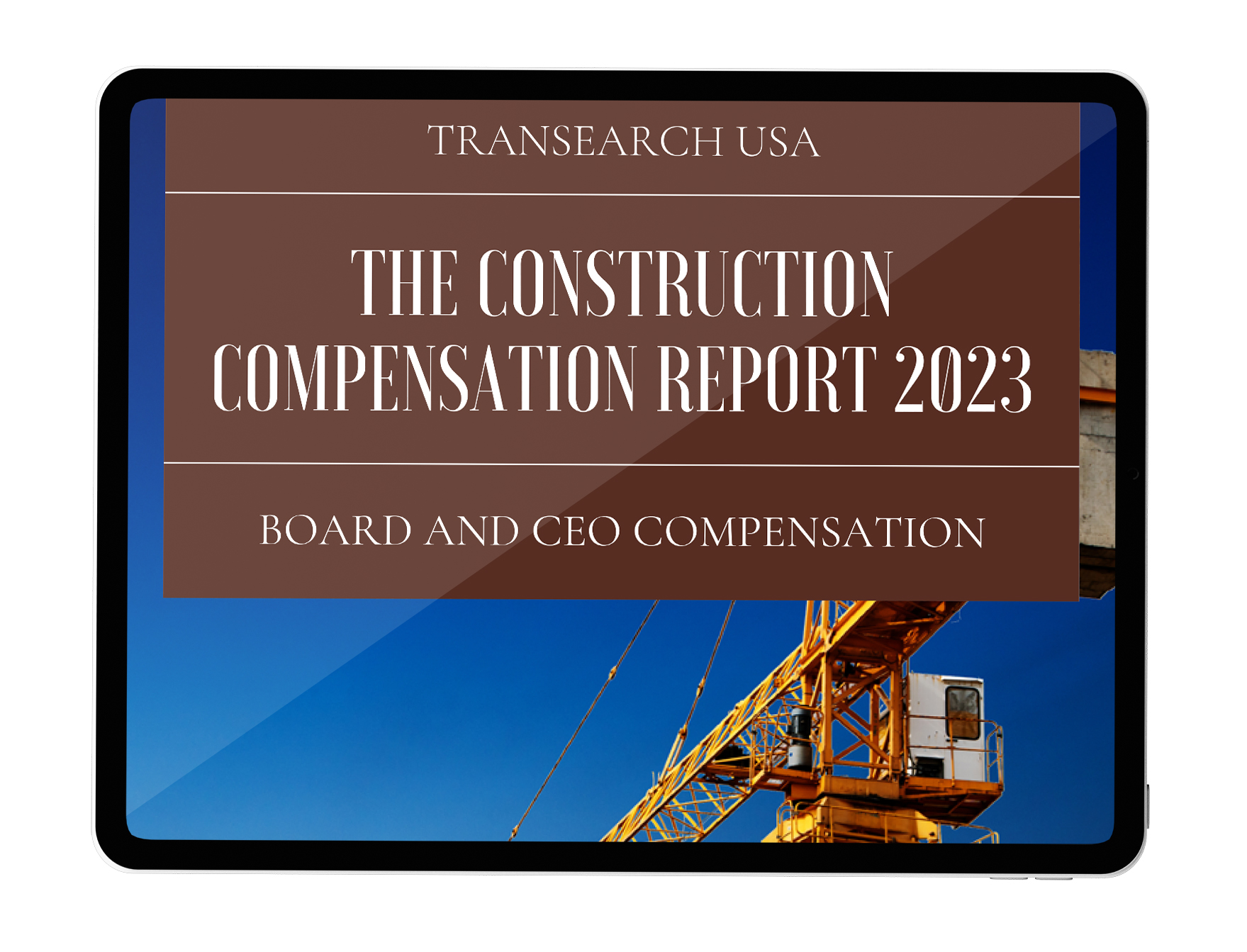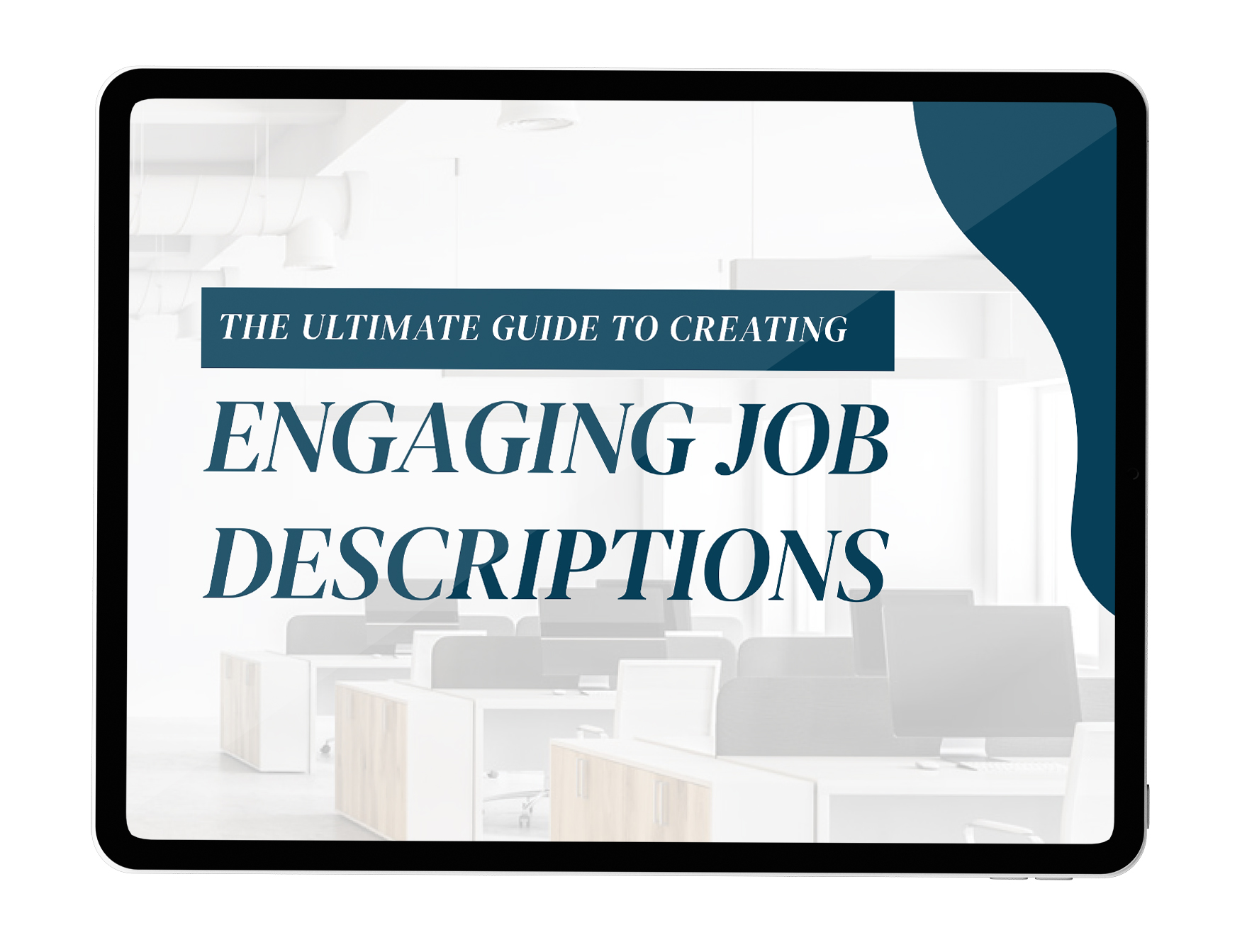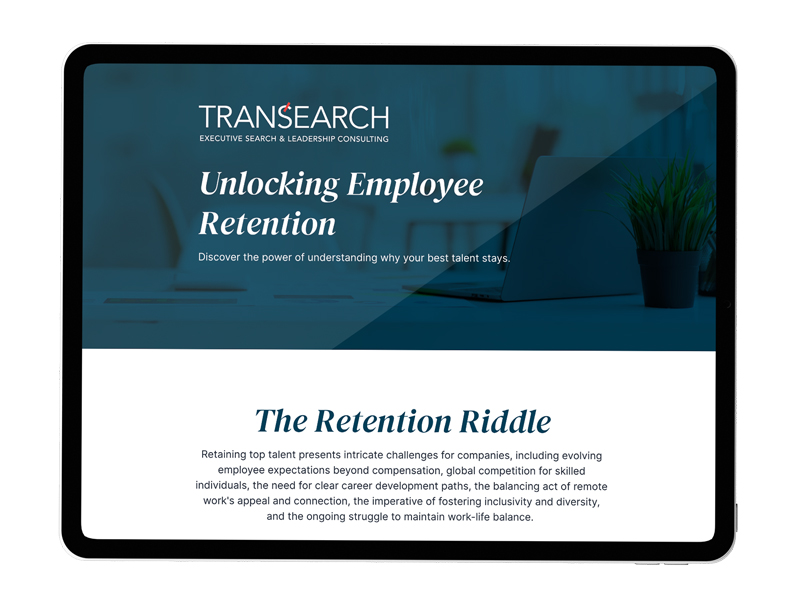In the midst of a red hot labor market, the competition for top talent is fierce. Companies are ratcheting up their focus on retaining employees and looking for smart ways to do so.
One approach that has gained considerable steam is conducting stay interviews.
Stay interviews are a proactive way for companies to take a pulse check of employees. The main goal is to find out what makes people happy at work, how they feel about their career within the organization and to understand what’s motivating them to stay.
“A stay interview focuses on what motivates the employee to stick around, what could be better about their work experience and how they envision the next stage of their career within the organization,” notes CNBC.
When done well, they help companies gather a dearth of data to inform how they can elevate engagement, career pathing and the overall employee experience.
In this article, I explore key benefits of stay interviews and offer suggestions on how to conduct them and leverage the findings effectively.
Improve Employee Engagement & Work Experience
Stay interviews are widely regarded as critical drivers of employee engagement.
Chicago-based firm Paylocity has used stay interviews for several years. The business is seeing a direct correlation between stay interviews and improvements in engagement, production, and turnover.
“We’re now seeing happier employees who are eager to come or log in to work and contribute,” said Kate Grimaldi, Paylocity’s senior director of enterprise talent strategy, in an interview with the Society for Human Resources Management (SHRM).
Grimaldi added that building on the findings of the interviews has enabled the firm to “know what employees care about personally and professionally, and what really motivates someone to remain with us. These discussions have led to exciting new assignments, new learning paths, or just improved relationships with employees and their direct managers, which has a real impact on retention.”
Other companies have also seen tangible benefits with retention. To that end, isolved, a software company in Charlotte, N.C., has seen a 10% increase in annual employee retention over the past two years and they credit stay interviews as being a key contributor.
Focus on the Positive
There is a degree of inherent positivity to stay interviews, particularly since the emphasis is on identifying and reinforcing positive factors employees enjoy most about their job. That’s not to say negative points won’t come up, but unlike broader employee engagement surveys, stay interviews often reveal what makes individuals passionate about their work, loyal to the organization and illustrate aspects of the job they like, such as the people, rewards, compensation, etc.
Stimulating and Empowering
When an organization takes the time to find out why people stay, they are showing employees authentic interest in organization improvement and employees’ future growth. This is exciting and enriching for workers to see first-hand. Moreover, employees gain a sense of empowerment by virtue of having the freedom to share ideas and provide advice about what they feel can bolster both their own roles, as well as the broader organization’s direction.
How should businesses do stay interviews right?
Use a Third Party
When the goal is to have an open, honest exploration about why people stay, the direct manager or even internal HR people are probably not ideal people to spearhead stay interviews.
Having an independent, third party manage the process can ensure employees feel comfortable about giving genuine feedback and insights. We want people to share real, practical ideas and when it’s an external party, employees will be more likely to feel a sense of psychological safety and know their insights will be fully accepted. It also adds a perception of anonymity.
One Solution
TRANSEARCH International offers a unique process called ‘Why Do You Stay’ which examines why top performers choose to stay. In addition to gauging the likelihood of retaining people, findings can also demonstrate the benefits of working for a particular company to prospective employees and serve as a means to attract stellar talent.
If your organization exhibits strong compatibility with top performers, it’s very difficult for recruiters to pull talent away. However, if results yield low compatibility, your company may be in danger of losing top performers. The process can therefore shed light on whether employees may be likely to leave and why, and what changes to the organization will be most effective in driving retention.
Why Do You Stay sessions last about 30 minutes per employees and organized into three-step process. Employees sort through a series of flashcards that feature statements and images describing the organization, such as ‘Collaboration is part of our DNA’. They determine if the statement is true and motivating, somewhat true or not true.
Second, the ideas are rationalized and grouped together meaningfully, and then employees select the top seven ideas that resonate most with them.
Finally, a retention score is calculated, and results are analyzed and shared.
So why do people stay? Our data shows what’s most compelling to people are intrinsic motivations, leadership and colleagues, scope and quality of learning, sense of community, reputation of your firm and compensation and benefits.
Critical Action
The information collected during stay interviews can be powerful when applied effectively. By taking action based on the observations and insights, you can work on the areas employees’ consider most impactful. For example, some employees may be looking for new learning or professional development opportunities. Others may want to see more fun incorporated into the work experience, especially with so many employees working remotely. Or it could be requests for more paid time off. Whatever the findings are, be sure to circle back to show the team you are taking action and update them on the progress.
In times like today when the job market is tight and employees leave companies in search of a greater sense of purpose, more flexibility and inspiring, caring leaders, the risk of losing great people is a real concern. The best way to keep excellent people is to build an exceptional employee experience, especially by listening to them. Stay interviews are a proven way to listen, connect with your talent, and take action to build a better organization.





















